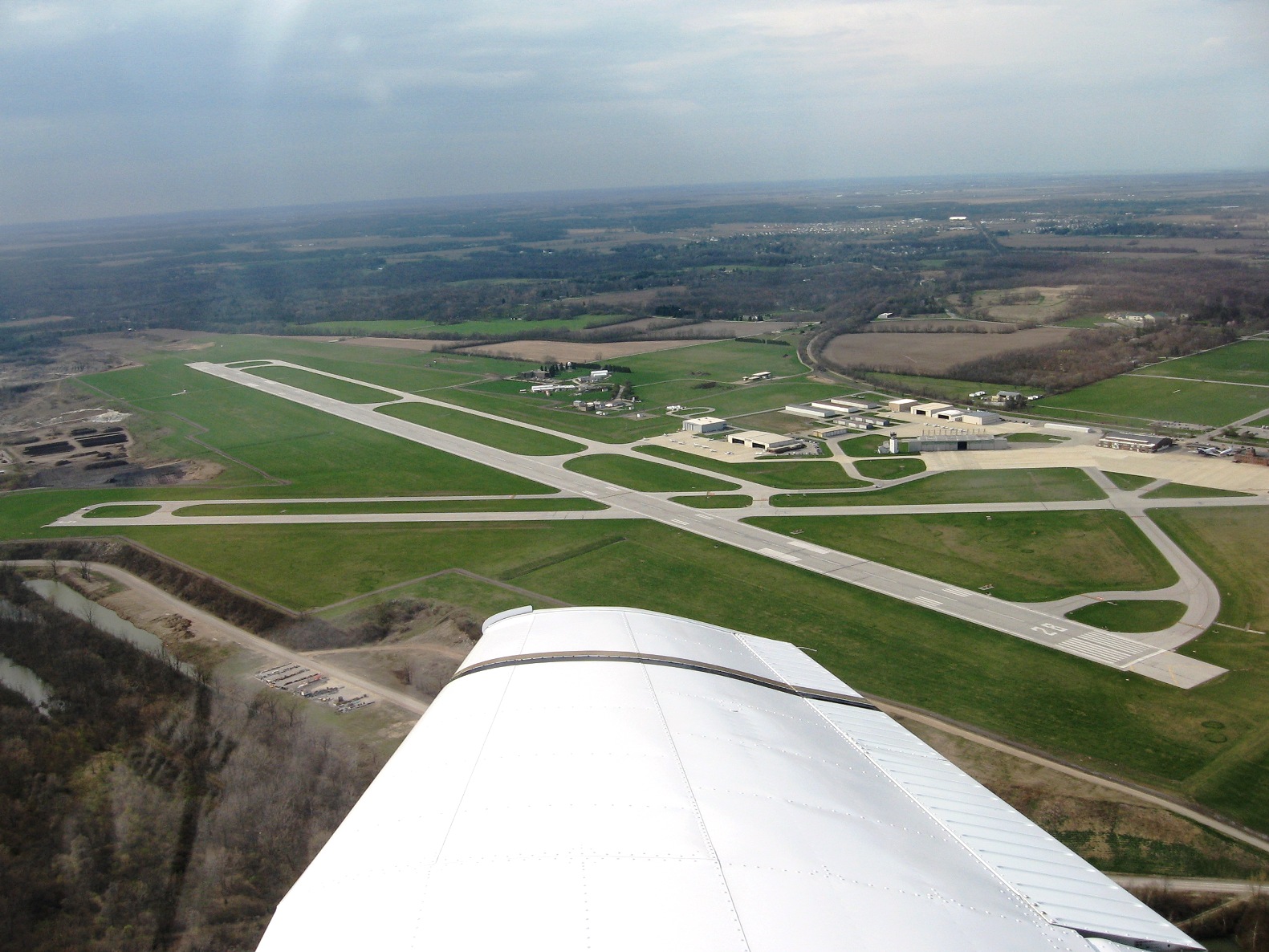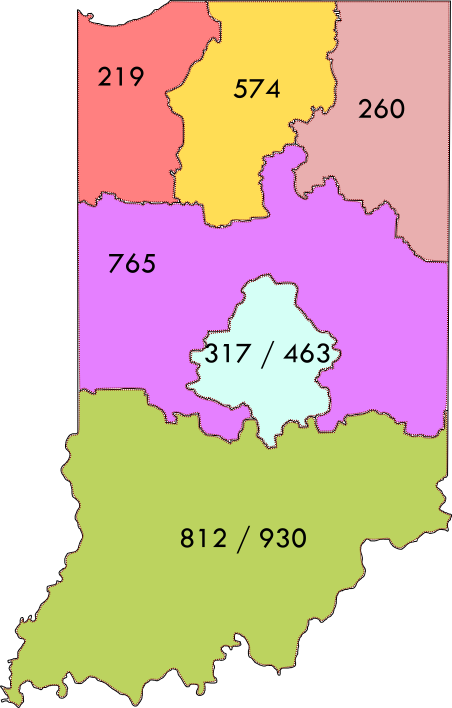|
Octagon, Indiana
Octagon is an unincorporated community in Wabash Township, Tippecanoe County, in the U.S. state of Indiana. The community is part of the Lafayette, Indiana Metropolitan Statistical Area In the United States, a metropolitan statistical area (MSA) is a geographical region with a relatively high population density at its core and close economic ties throughout the area. Such regions are neither legally incorporated as a city or tow .... History A post office was established at Octagon in 1866, and remained in operation until it was discontinued in 1900. References Unincorporated communities in Tippecanoe County, Indiana Unincorporated communities in Indiana Lafayette metropolitan area, Indiana {{TippecanoeCountyIN-geo-stub ... [...More Info...] [...Related Items...] OR: [Wikipedia] [Google] [Baidu] |
Unincorporated Area
An unincorporated area is a region that is not governed by a local municipal corporation. Widespread unincorporated communities and areas are a distinguishing feature of the United States and Canada. Most other countries of the world either have no unincorporated areas at all or these are very rare: typically remote, outlying, sparsely populated or List of uninhabited regions, uninhabited areas. By country Argentina In Argentina, the provinces of Chubut Province, Chubut, Córdoba Province (Argentina), Córdoba, Entre Ríos Province, Entre Ríos, Formosa Province, Formosa, Neuquén Province, Neuquén, Río Negro Province, Río Negro, San Luis Province, San Luis, Santa Cruz Province, Argentina, Santa Cruz, Santiago del Estero Province, Santiago del Estero, Tierra del Fuego Province, Argentina, Tierra del Fuego, and Tucumán Province, Tucumán have areas that are outside any municipality or commune. Australia Unlike many other countries, Australia has only local government in Aus ... [...More Info...] [...Related Items...] OR: [Wikipedia] [Google] [Baidu] |
List Of Sovereign States
The following is a list providing an overview of sovereign states around the world with information on their status and recognition of their sovereignty. The 206 listed states can be divided into three categories based on membership within the United Nations System: 193 UN member states, 2 UN General Assembly non-member observer states, and 11 other states. The ''sovereignty dispute'' column indicates states having undisputed sovereignty (188 states, of which there are 187 UN member states and 1 UN General Assembly non-member observer state), states having disputed sovereignty (16 states, of which there are 6 UN member states, 1 UN General Assembly non-member observer state, and 9 de facto states), and states having a special political status (2 states, both in free association with New Zealand). Compiling a list such as this can be a complicated and controversial process, as there is no definition that is binding on all the members of the community of nations concerni ... [...More Info...] [...Related Items...] OR: [Wikipedia] [Google] [Baidu] |
Indiana
Indiana () is a U.S. state in the Midwestern United States. It is the 38th-largest by area and the 17th-most populous of the 50 States. Its capital and largest city is Indianapolis. Indiana was admitted to the United States as the 19th state on December 11, 1816. It is bordered by Lake Michigan to the northwest, Michigan to the north, Ohio to the east, the Ohio River and Kentucky to the south and southeast, and the Wabash River and Illinois to the west. Various indigenous peoples inhabited what would become Indiana for thousands of years, some of whom the U.S. government expelled between 1800 and 1836. Indiana received its name because the state was largely possessed by native tribes even after it was granted statehood. Since then, settlement patterns in Indiana have reflected regional cultural segmentation present in the Eastern United States; the state's northernmost tier was settled primarily by people from New England and New York, Central Indiana by migrants fro ... [...More Info...] [...Related Items...] OR: [Wikipedia] [Google] [Baidu] |
List Of Counties In Indiana
There are 92 counties in the U.S. state of Indiana. Each county serves as the local level of government within its borders. Although Indiana was organized into the United States since the Northwest Ordinance in 1787, its land was not always available for settlement. The Vincennes Tract, Clark's Grant and an area known as " The Gore" in southeastern Indiana (resulting from the Treaty of Greenville 1795) existed during the Northwest Territory. The remainder of Indiana land was acquired by Indian Removal Act and purchases by treaty between 1804 and 1840. The largest purchase (called "Delaware New Purchase" or just "New Purchase") resulted from the Treaty of St. Mary's (1818) which acquired about 1/3 of the state in the central portion. All or most of 35 counties were eventually carved from the area. The oldest counties are generally in the south near the Ohio River, whereas newer ones were in the north in territory acquired later. Many of the final counties were formed subsequent ... [...More Info...] [...Related Items...] OR: [Wikipedia] [Google] [Baidu] |
Tippecanoe County, Indiana
Tippecanoe County is located in the west-central portion of the U.S. state of Indiana about 22 miles east of the Illinois state line and less than 50 miles from the Chicago and the Indianapolis metro areas. As of the 2010 census, the population was 172,780. The county seat and largest city is Lafayette. It was created in 1826 from Wabash County portion of New Purchase and unorganized territory. Tippecanoe County was formed March 1, 1826, and named for the anglicization of "Kiteepihkwana", a Miami people term meaning "place of the buffalo fish people." The county is best known for Purdue University, the 1811 Battle of Tippecanoe, and the Tippecanoe County Courthouse, a structure built in 1881 and included in the National Register of Historic Places. Tippecanoe County is part of the Lafayette, Indiana, Metropolitan Statistical Area. History The history of Tippecanoe County spans six distinct political and cultural periods: Native American lands from at least 8000BC, includin ... [...More Info...] [...Related Items...] OR: [Wikipedia] [Google] [Baidu] |
List Of Townships In Indiana ...
The U.S. state of Indiana is divided into 1,008 townships in 92 counties. Each is administered by a township trustee. See also * Indiana * List of cities in Indiana * List of towns in Indiana * List of Indiana counties External links Census 2000 GazetteerIndiana Township AssociationNational Association of Towns and Townships {{U.S. civil townships Townships Indiana Indiana () is a U.S. state in the Midwestern United States. It is the 38th-largest by area and the 17th-most populous of the 50 States. Its capital and largest city is Indianapolis. Indiana was admitted to the United States as the 19th s ... [...More Info...] [...Related Items...] OR: [Wikipedia] [Google] [Baidu] |
Wabash Township, Tippecanoe County, Indiana
Wabash Township is one of thirteen townships in Tippecanoe County, Indiana, United States. As of the 2010 census, its population was 59,279 and it contained 21,448 housing units making it the most populous township in Tippecanoe County. Geography According to the 2010 census, the township has a total area of , of which (or 99.08%) is land and (or 0.94%) is water. Wabash Township encompasses all but a small section of the City of West Lafayette and encompasses all of Purdue University making it one of the most culturally diverse townships in the United States. Cities, towns, villages * West Lafayette (vast majority) Neighborhoods and former and unincorporated communities * Bar Barry Heights at * Crumb Corner at * Green Meadows at * Indian Village at * Klondike at * McQuinn Estates at * Octagon at * Ravinamy at * Summit at * Wabash Shores at (This list is based on USGS data and may include former settlements.) Adjacent townships * Prairie Township, White Co ... [...More Info...] [...Related Items...] OR: [Wikipedia] [Google] [Baidu] |
Eastern Time Zone
The Eastern Time Zone (ET) is a time zone encompassing part or all of 23 states in the eastern part of the United States, parts of eastern Canada, the state of Quintana Roo in Mexico, Panama, Colombia, mainland Ecuador, Peru, and a small portion of westernmost Brazil in South America, along with certain Caribbean and Atlantic islands. Places that use: * Eastern Standard Time (EST), when observing standard time (autumn/winter), are five hours behind Coordinated Universal Time ( UTC−05:00). * Eastern Daylight Time (EDT), when observing daylight saving time (spring/summer), are four hours behind Coordinated Universal Time ( UTC−04:00). On the second Sunday in March, at 2:00 a.m. EST, clocks are advanced to 3:00 a.m. EDT leaving a one-hour "gap". On the first Sunday in November, at 2:00 a.m. EDT, clocks are moved back to 1:00 a.m. EST, thus "duplicating" one hour. Southern parts of the zone (Panama and the Caribbean) do not observe daylight saving time ... [...More Info...] [...Related Items...] OR: [Wikipedia] [Google] [Baidu] |
Eastern Daylight Time
The Eastern Time Zone (ET) is a time zone encompassing part or all of 23 states in the eastern part of the United States, parts of eastern Canada, the state of Quintana Roo in Mexico, Panama, Colombia, mainland Ecuador, Peru, and a small portion of westernmost Brazil in South America, along with certain Caribbean and Atlantic islands. Places that use: * Eastern Standard Time (EST), when observing standard time (autumn/winter), are five hours behind Coordinated Universal Time ( UTC−05:00). * Eastern Daylight Time (EDT), when observing daylight saving time (spring/summer), are four hours behind Coordinated Universal Time ( UTC−04:00). On the second Sunday in March, at 2:00 a.m. EST, clocks are advanced to 3:00 a.m. EDT leaving a one-hour "gap". On the first Sunday in November, at 2:00 a.m. EDT, clocks are moved back to 1:00 a.m. EST, thus "duplicating" one hour. Southern parts of the zone (Panama and the Caribbean) do not observe daylight saving time ... [...More Info...] [...Related Items...] OR: [Wikipedia] [Google] [Baidu] |
Area Code 765
Area code 765 is a telephone area code in the North American Numbering Plan (NANP) for the central part of the U.S. state of Indiana. The numbering plan area comprises a horseshoe-shaped region of twenty counties in Central Indiana except for the Indianapolis area, which is served by area codes 317 and 463. Some cities included are Anderson, Connersville, Crawfordsville, Frankfort, Greencastle, Kokomo, Lafayette, Marion, Muncie, New Castle, Richmond, and West Lafayette. The area code was created in 1997 in a split of area code 317. History In 1947, American Telephone and Telegraph (AT&T) published the first configuration of proposed numbering plan areas (NPAs) for a new nationwide numbering and toll call routing system. Indiana was divided to receive two area codes. Area code 317 served the northern two-thirds of Indiana, while area code 812 served the southern third. In the first change of the original plan in 1948, 317 was cut back to central Indiana, while the northern ... [...More Info...] [...Related Items...] OR: [Wikipedia] [Google] [Baidu] |
Geographic Names Information System
The Geographic Names Information System (GNIS) is a database of name and locative information about more than two million physical and cultural features throughout the United States and its territories, Antarctica, and the associated states of the Marshall Islands, Federated States of Micronesia, and Palau. It is a type of gazetteer. It was developed by the United States Geological Survey (USGS) in cooperation with the United States Board on Geographic Names (BGN) to promote the standardization of feature names. Data were collected in two phases. Although a third phase was considered, which would have handled name changes where local usages differed from maps, it was never begun. The database is part of a system that includes topographic map names and bibliographic references. The names of books and historic maps that confirm the feature or place name are cited. Variant names, alternatives to official federal names for a feature, are also recorded. Each feature receives a per ... [...More Info...] [...Related Items...] OR: [Wikipedia] [Google] [Baidu] |




